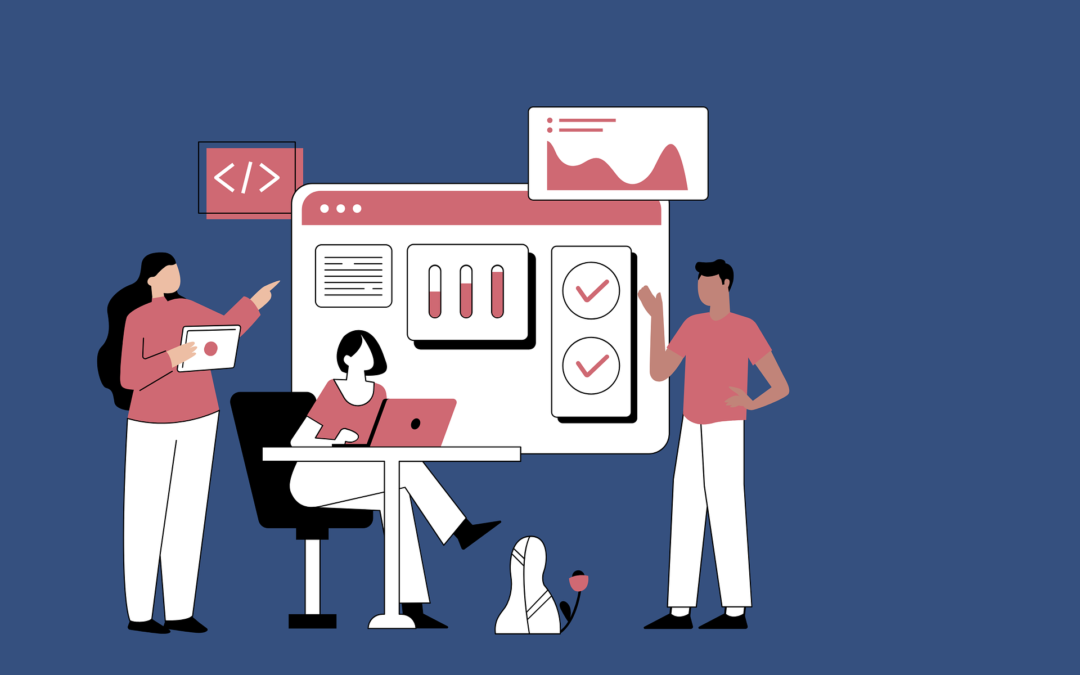Looking at Diversity, Equity, and Inclusion Data – Numbers and People
In our last post, we highlighted key steps to take if you want to build a successful, impactful Diversity, Equity, and Inclusion (DEI) program within your organization. Once you have: 1.) Prepared yourself for the journey ahead 2.) Obtained enthusiastic support from the organization’s leaders 3.) Grouped up with like-minded individuals, it’s time to proceed to the next step: 4.) Assess the current situation.
In this post, we’ll share two paths that will generate the information you need to better understand Diversity and Inclusion Data within your organization.
Path One: Look at the Numbers
In this approach, you will analyze the data that gives you an overview of your organization’s level of diversity. This entails collecting workforce data that includes race, national origin, gender, and disability status, as well as how they are slotted within the organization. Who is getting hired? What percentage are in management positions versus staff positions? Who is getting promoted? What is the attrition rate?
Once you have a strong sense of your organization’s demographic representation, you can then compare it to external benchmarks such as the civilian labor force. This will help identify underrepresented groups that don’t mirror society. For example, how does the minority group compare to the majority group (females to males, etc.), both in representation and also across the Human Capital Lifecycle? You’ll hear us mention the Human Capital Lifecycle (or HC Lifecycle) often in these posts. When we do, we’re referring to the stages across an employee’s career, such as recruitment, selection, skills development, career growth, and departure.
These analyses will help to identify any issues regarding diverse representation and highlight areas where barriers for certain groups may exist. In the female/male example mentioned above, if your analysis finds that a lower representation of females in leadership positions compared to males, that data point might reveal a barrier to females who seek promotions or access to career development opportunities.
Now that you have hard numbers in hand, it’s time to turn your focus on who they represent – the people that make up the organization.
Path Two: Focus on Inclusion
Path Two focuses on inclusion to understand the hearts and minds of your employees. How do they feel about their work environment?
We suggest administering an online survey that’s designed to tease out employees’ feelings in these areas:
- Leadership Commitment: Question focus: Do you feel your leaders are committed to Diversity and Inclusion?
- Respect: Question focus: Do you feel your differences and uniqueness are accepted and valued across the organization?
- Belonging: Question focus: Do you feel emotionally safe and supported in the workplace?
- Engagement: Question focus: Do you feel you have the ability to contribute to the workplace?
- Progression: Question focus: Do you feel you have an equal opportunity for career progression?
When you are preparing the survey, it’s important to consider the following to ensure you receive a robust, detailed response from the audience:
- Devise a communication strategy that tells employees why you are conducting the survey, what the data will be used for, who will see the data, what the next steps will be.
- Keep the survey concise and specific to measure inclusion.
- Decide if respondents can choose to remain anonymous. Depending on your organization’s culture, anonymity might generate a higher response rate, but be sure to include demographic questions so you can see how different groups respond.
After you’ve amassed the survey responses, analyze the data. First, identify the percentage of positive responses in the inclusion areas, then look at the data subsets to see if differences are apparent between specific groups (i.e. gender, race, staff vs. supervisors, etc.)
The data harvested from this survey, coupled with the findings from the Path One approach, will give you a better understanding of how the workforce sees potential barriers within the organization, how it feels about the current level of inclusion, within the organization, and where improvements can be made.
To launch an impactful DEIA (Diversity, Equity, Inclusion, and Accessibility) program in your organization, it’s important to establish a foundation from which to grow. Looking at the data derived from numbers and people will give you a benchmark against which you can measure future successes.
If you need assistance in creating a more diverse workforce and inclusive environment, visit www.cidisconsulting.com and click on Resources for a host of articles and videos on a variety of D&I topics. We also offer expertise in People Management, Data Analytics and Research, Strategic Planning, and Leadership Coaching. To learn more, contact us at info@cidisconsulting.com.
About CIDIS: CIDIS is an Economically Disadvantaged Women-Owned Small Business that focuses on working in collaboration with clients to create high-performing diverse and inclusive organizations through the transformation of their business operations, organizational culture, and human capital management practices.

